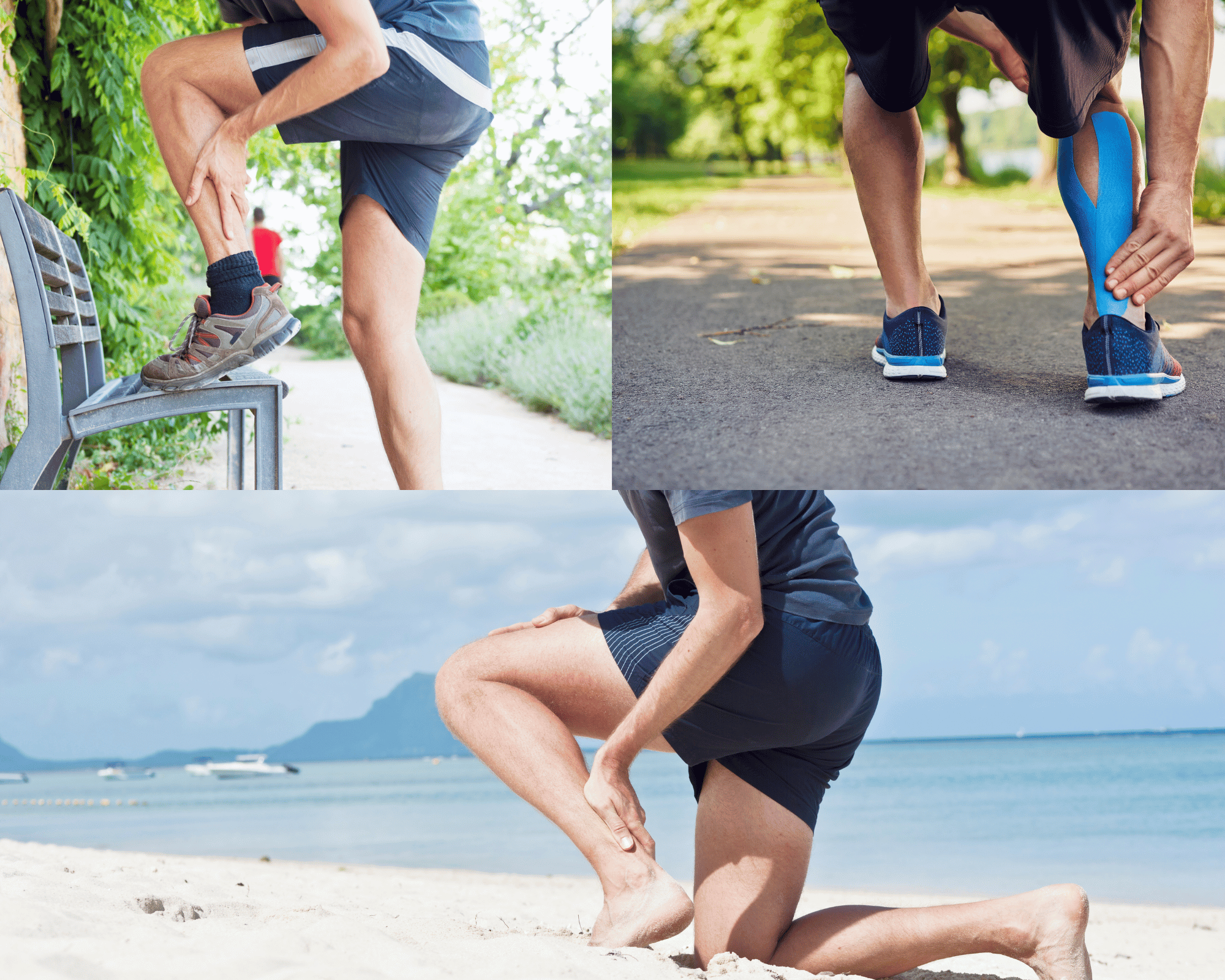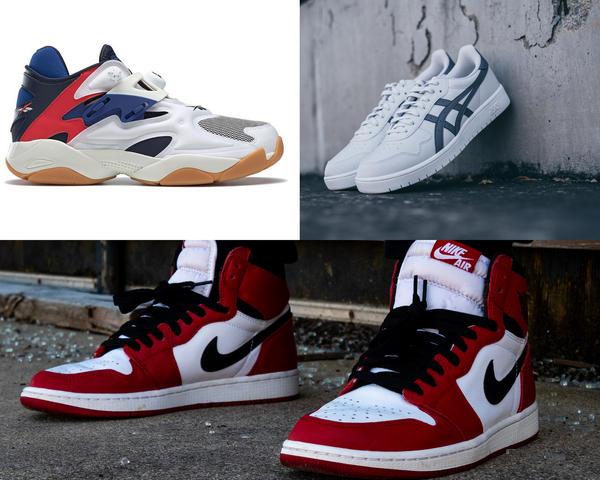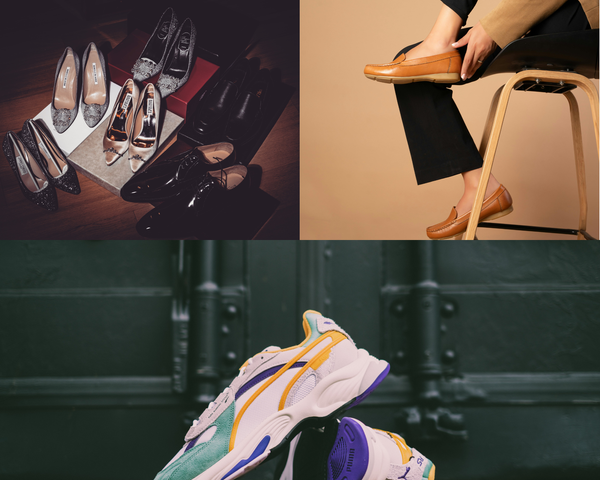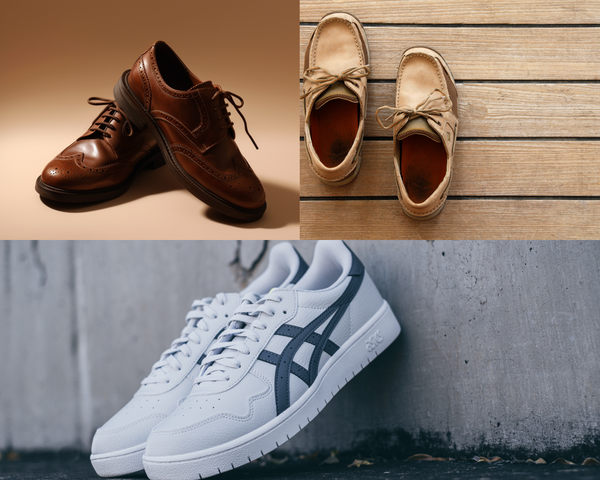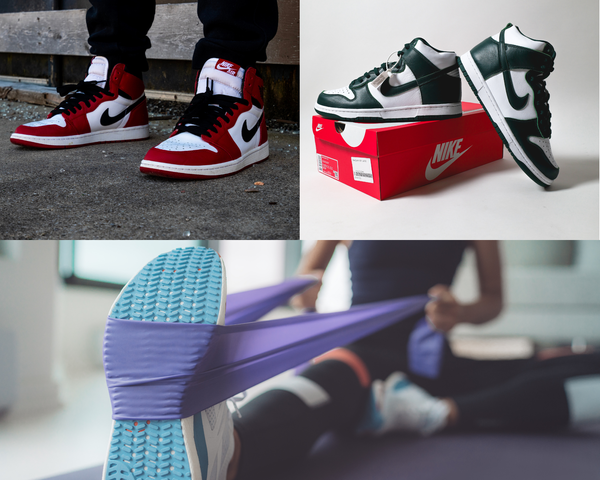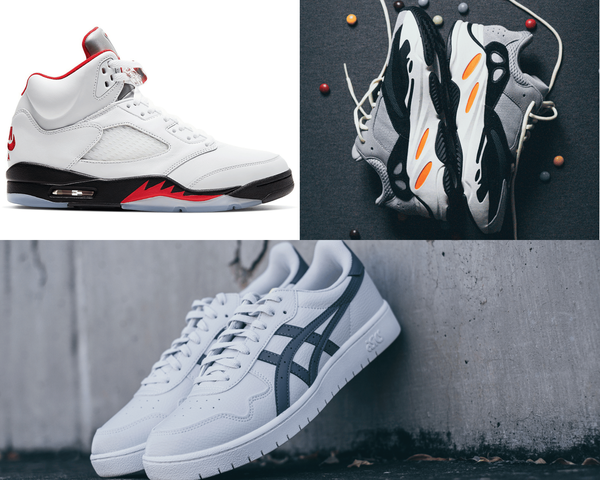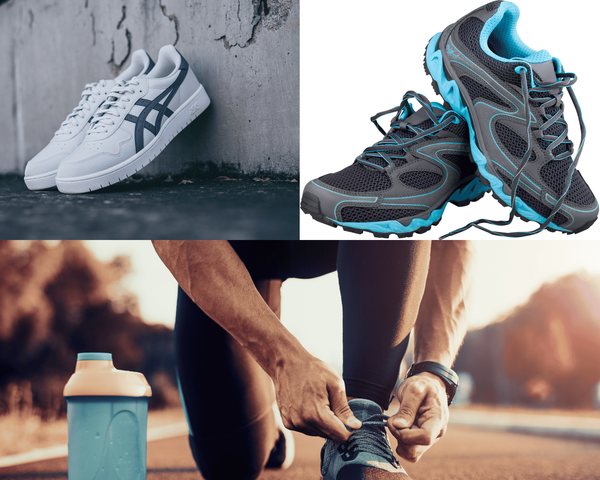Tendonitis can feel like a pebble in your shoe that just won't go away. It's a common ailment that affects many, especially those who are on their feet all day. The right pair of shoes can make a world of difference, offering relief and support where it's needed most. Let's dive into the essentials of finding the best arch support shoes for tendonitis.
Key Takeaways:
- Understanding Tendonitis: Recognize the symptoms and causes to choose the right footwear.
- Features to Look For: Identify the best shoe features for posterior tibial tendonitis.
- Top Shoe Recommendations: Explore top-rated shoes that provide optimal support and comfort.
Tendonitis can feel like a pebble in your shoe that just won't go away. It's a common ailment that affects many, especially those who are on their feet all day. The right pair of shoes can make a world of difference, offering relief and support where it's needed most. Let's dive into the essentials of finding the best arch support shoes for tendonitis.
Understanding Tendonitis
Tendonitis is an inflammation of the tendons, often caused by repetitive motion or overuse. Imagine a rubber band that’s been stretched too far, too often. That’s what happens to your tendons when they’re overworked. The pain can be sharp and persistent, making even the simplest tasks feel like climbing a mountain. Recognizing the symptoms early can help you take the necessary steps to alleviate the discomfort.
The most common type of tendonitis affecting the feet is posterior tibial tendonitis. This condition occurs when the tendon that supports the arch of your foot becomes inflamed or torn. Overpronation can exacerbate the condition. It’s like having a support beam in your house that’s starting to crack. Without proper care, it can lead to flatfoot, making it crucial to address the issue with the right footwear. Advanced cases can lead to adult-acquired flatfoot.
Causes and Symptoms
Posterior tibial tendon dysfunction (PTTD) is like having a crucial support beam in your house start to weaken. The posterior tibial tendon, which connects the calf muscle to the bones in your foot, plays a vital role in maintaining your foot’s arch and enabling smooth movements like walking and running. When this tendon is overused or strained, it can lead to PTTD, causing discomfort and mobility issues.
Several factors can contribute to PTTD, including overuse of the foot and ankle muscles, poor foot mechanics, and overpronation. Imagine trying to walk with a misaligned wheel on a cart; it just doesn’t function properly. Similarly, weak ankle muscles, abnormal gait, obesity, and age can all exacerbate the condition.
Symptoms of PTTD can range from mild to severe. You might notice pain and swelling along the inside of your foot and ankle, especially when standing or walking. Pushing off the ground or walking uphill can become particularly painful. In advanced cases, PTTD can lead to a flat foot, also known as adult-acquired flatfoot, making it even more challenging to walk or stand comfortably.
Best Shoe Features for Posterior Tibial Tendonitis
Choosing the right shoes for posterior tibial tendonitis is like selecting the perfect mattress for a good night’s sleep; the right features can make all the difference. Here are some key features to look for:
- Arch Support: Think of arch support as the backbone of your shoe. It helps distribute weight evenly across your foot, reducing stress on the posterior tibial tendon and alleviating pain.
- Medial Stability: Shoes with medial stability features, such as medial posts or guiderails, act like guardrails on a highway, keeping your foot from overpronating and reducing strain on the tendon.
- Cushioning: Adequate cushioning is like having a shock absorber for your feet. It helps absorb impact and reduces stress on the tendon with each step.
- Supportive Heel Counter: A firm heel counter provides stability, much like a seatbelt keeps you secure in a car. It helps prevent excessive movement and pronation.
- Custom Molded Orthotics: Custom orthotics are like a tailor-made suit for your feet. They provide additional support and stability, addressing your specific needs and ensuring optimal comfort.
Top Shoe Recommendations
Finding the right shoes for posterior tibial tendonitis can feel like discovering a hidden gem. Here are some top recommendations that combine support, comfort, and stability:
- Brooks Ghost: This highly cushioned trainer offers a supportive heel counter and medial stability features, making it feel like you’re walking on a cloud while keeping your foot secure.
- ASICS GT-2000: Known for its moderate cushioning and stability, this shoe features a medial post and guiderail system, providing the perfect balance of comfort and support.
- Saucony Omni 22: A normal stability trainer with a supportive heel counter and medial stability features, this shoe ensures your foot stays aligned and comfortable.
- Mizuno Wave Horizon 7: With its high cushioning and stability, this trainer’s medial post and guiderail system offer exceptional support, making it ideal for those with posterior tibial tendonitis.
- Brooks Adrenaline GTS: This moderately cushioned stability trainer features a medial post and guiderail system, providing reliable support and comfort for your daily activities.
Treatment Options
Managing posterior tibial tendonitis is like tending to a delicate plant; it requires care and attention. Treatment options vary depending on the severity of the condition:
- Rest and Ice: For mild cases, rest and ice can help reduce inflammation and alleviate pain. Think of it as giving your tendon a much-needed break.
- Over-the-Counter Medications: Nonsteroidal anti-inflammatory drugs (NSAIDs) can help manage pain and reduce swelling.
- Orthotics or Braces: Custom orthotics or braces provide additional support and stability, much like a sturdy brace supports a weakened structure.
- Physical Therapy: Physical therapy can strengthen the muscles and tendons in your foot and ankle, helping to restore function and reduce pain. It’s like giving your tendon a workout plan tailored to its needs.
- Surgery: In severe cases, surgery may be necessary to repair or replace the damaged tendon. Consulting with a foot and ankle surgeon can help determine the best course of action.
Practical Tips for Choosing the Right Shoes
Selecting the right shoes for posterior tibial tendonitis is like finding the perfect recipe; it requires the right ingredients and careful preparation. Here are some practical tips:
- Consult with a Professional: A foot and ankle surgeon or physical therapist can provide valuable insights into the best shoe features for your specific condition.
- Try on Several Options: Don’t settle for the first pair you try. Walk around the store to ensure the shoes provide the support and stability you need.
- Consider Custom Orthotics: Custom molded orthotics can offer additional support tailored to your foot’s unique structure.
- Replace Shoes Regularly: Just like a car needs regular maintenance, your shoes need to be replaced regularly to ensure they continue to provide adequate support.
- Avoid Excessive Heel-to-Toe Drop: Shoes with a high heel-to-toe drop can exacerbate posterior tibial tendonitis. Look for shoes with a more neutral drop to keep your foot in a natural position.
By following these tips and choosing the right shoes, you can manage posterior tibial tendonitis effectively and keep your feet happy and healthy.
Best Shoe Features for Posterior Tibial Tendonitis foot and ankle surgeon
When searching for the best shoe features for posterior tibial tendonitis, think of your shoes as the foundation of a house. They need to be sturdy, supportive, and comfortable. Look for shoes with excellent arch support, as this helps distribute weight evenly across your foot, reducing strain on the tendon. A cushioned sole is also essential, acting like a shock absorber to minimize impact with each step.
Another key feature is a firm heel counter. This part of the shoe provides stability and prevents excessive movement of the foot, much like a seatbelt keeps you secure in a car. Medial posts and guiderails are essential features for preventing overpronation. Additionally, a wide toe box allows your toes to spread naturally, arch falls, orthotic treatment, reducing pressure on the forefoot. Breathable materials are the cherry on top, posterior tibial tendon problems ensuring your feet stay cool and dry throughout the day.
Top Shoe Recommendations posterior tibial tendon dysfunction
Now that we've covered the features, let's talk about some top shoe recommendations. Brands like Brooks, ASICS, and New Balance have been praised for their supportive designs. The Brooks Adrenaline GTS series, for instance, offers a perfect blend of cushioning and stability, making it a favorite among those with tendonitis. It's like walking on clouds while having the support of a sturdy bridge.
ASICS Gel-Kayano is another excellent choice, known for its gel cushioning system that provides exceptional shock absorption. It's akin to having a personal masseuse for your feet with every step. New Balance's 990 series is also worth mentioning, arch support, flat feet, lower leg, ankle joint, offering a combination of durability and comfort that feels like a warm hug for your feet. These shoes are designed with the needs of tendonitis sufferers in mind, posterior tibial tendon insufficiency, running shoes, ensuring you can walk with confidence and ease.
Practical Tips for Choosing the Right Shoes posterior tibial tendon
Choosing the right shoes is like finding the perfect partner; it requires patience and attention to detail. Start by trying on shoes later in the day when your feet are naturally swollen. This ensures a better fit, as your feet expand throughout the day. Don't hesitate to walk around the store to get a feel for the shoes. They should feel comfortable right out of the box, without any pinching or rubbing.
Consider consulting with a podiatrist or a specialist at a shoe store. They can provide valuable insights and recommendations based on your specific needs. Remember, investing in a good pair of shoes is investing in your health. It's better to spend a little more on quality footwear than to deal with the consequences of inadequate support.
Summary
Finding the best arch support shoes for tendonitis is crucial for managing pain and preventing further injury. By understanding the condition and knowing what features to look for, you can make an informed decision that benefits your feet in the long run. Brands like Brooks, ASICS, and New Balance offer excellent options that combine comfort, support, and durability. Remember, your feet are the foundation of your body, and taking care of them should be a top priority.
FAQ
Q1: Can wearing the wrong shoes worsen tendonitis?
A1: Absolutely. Wearing shoes without proper support can exacerbate tendonitis symptoms by increasing strain on the tendons. It's essential to choose shoes with good arch support and cushioning to alleviate pressure.
Q2: How often should I replace my shoes if I have tendonitis?
A2: It's recommended to replace your shoes every 300-500 miles or every six months, whichever comes first. Worn-out shoes lose their support and cushioning, which can negatively impact your condition.
Q3: Are custom orthotics necessary for tendonitis?
A3: While not always necessary, custom orthotics can provide additional support and alignment tailored to your specific needs. Consult with a healthcare professional to determine if they're right for you.


